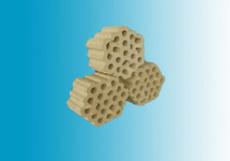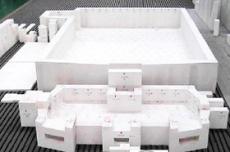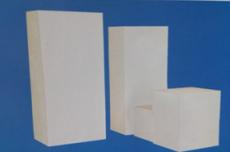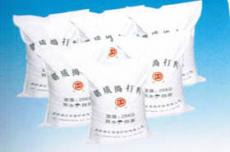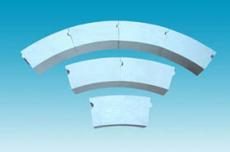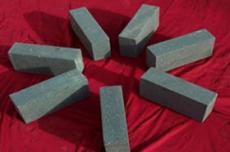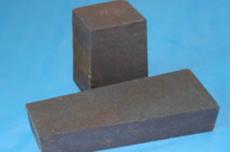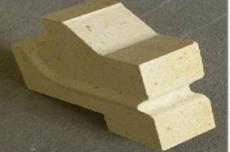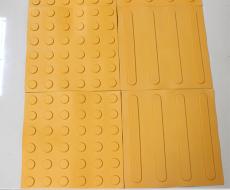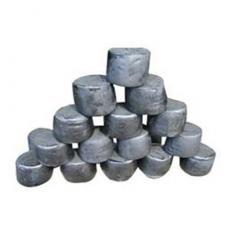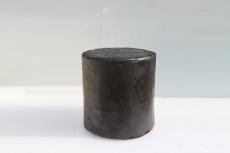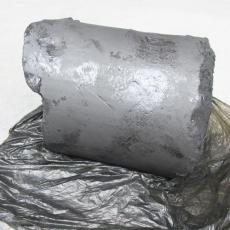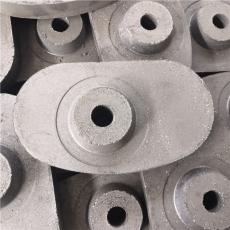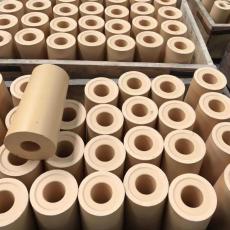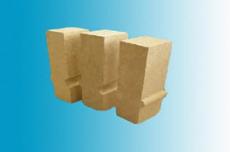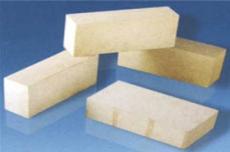
1 High-temperature working properties
Refractory materials used in glass kilns for continuous production are always under high temperature during a kiln cycle. Their main high-temperature working properties are as follows:
(1) Refractoriness Refractoriness refers to the temperature at which a material reaches a certain softening degree under high temperature, and characterizes the material's ability to resist high temperature. Refractoriness is not an absolute physical quantity unique to a substance, but a relative technical indicator measured under specific test conditions.
(2) Load softening temperature Load softening temperature is also called load deformation temperature, or load softening point for short. It characterizes the resistance of refractory materials to high temperature and load at the same time under constant load, and also characterizes the softening temperature range in which refractory materials show obvious plastic deformation. The load softening temperature of refractory materials is mainly determined by their chemical mineral composition, organizational structure and density. Although the load softening temperature can reflect the highest temperature that refractory materials can withstand, it should also be noted that general refractory materials are also subject to chemical erosion or mechanical scouring by glass liquid, flame and powder during use.
(3) Thermal stability The property of refractory materials that can withstand rapid temperature changes without being destroyed is called thermal stability, or resistance to rapid cooling and heating. In glass tank furnaces, refractory materials with good thermal stability should be selected for masonry in areas where the temperature changes drastically or frequently.
(4) Slag resistance The ability of refractory materials to resist slag erosion at high temperatures is called slag resistance. The mechanism of slag erosion and destruction of refractory materials is very complex, generally including physical and chemical effects such as penetration, dissolution and melt scouring. The quality of refractory slag resistance is mainly related to its own chemical composition, mineral composition and organizational structure, as well as the properties of the slag and the conditions of its interaction (such as temperature, time, flow rate, etc.). (5) High temperature volume stability High temperature volume stability is also called re-burning volume shrinkage or re-burning volume expansion. It refers to the performance of the refractory product to maintain a stable external volume at high temperature, or the performance of the refractory product to irreversibly reduce or increase its size after heating to high temperature. The quality of the product is generally measured by the re-burning volume change of the product under no-load condition, which is often expressed as a linear change, and sometimes expressed as high temperature creep. High temperature volume stability is directly related to the cracking and damage of the masonry in the furnace.
2 Physical properties
(1) Organization structure Refractory materials are heterogeneous bodies composed of solid phase and pores. The macroscopic organizational structure characteristics of the product are the main factors affecting its high temperature performance.
① Porosity In refractory materials, there are often many pores of different sizes and shapes. Porosity is usually used to reflect the density of refractory materials, that is, the percentage of pore volume in bricks to the total volume. Porosity is a basic technical indicator of refractory materials, which affects almost all the properties of refractory products.
② Volume density Volume density is the mass of a refractory material per unit volume (total volume including pores). It directly reflects the density of refractory products and is an important indicator for measuring the quality level of refractory materials and dense refractory products.
③ True density True density refers to the ratio of the mass of a porous material to its true volume (excluding pores). True volume refers to the volume of solid material in a porous body.
(2) Thermal properties
① Thermal expansion When a refractory material is heated, its volume expands as the temperature rises. This is usually expressed by the linear expansion coefficient or the volume expansion coefficient. In the tank kiln structure, expansion joints should be reserved according to the thermal expansion characteristics of the refractory material. When igniting the kiln, a reasonable heating curve should be formulated according to the thermal expansion of the refractory material and necessary measures such as adjusting the tie rods should be adopted.
② Thermal conductivity Thermal conductivity indicates the thermal conductivity of a refractory material and is expressed by thermal conductivity. Thermal conductivity refers to the rate of heat flow through a unit area of a material under a unit temperature gradient.
③ Heat capacity Heat capacity is also called specific heat capacity, which refers to the amount of heat required to heat 1 kg of refractory material to raise its temperature by 1°C under normal pressure.
3 Mechanical properties
The mechanical properties of refractory materials refer to the compressive strength and wear resistance of the material at different temperatures. These properties mainly depend on the strength of the refractory particles themselves and the firmness between the particles.
